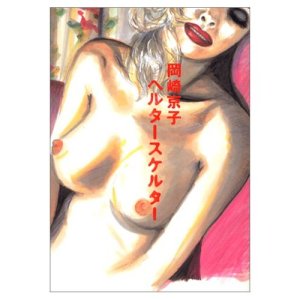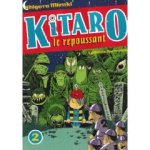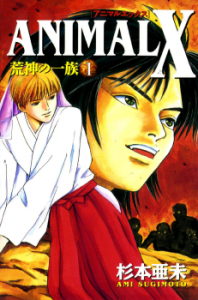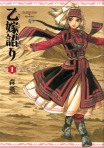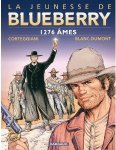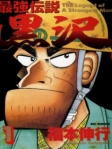Reading a deranged drama by Osamu Tezuka always makes me want to read another deranged drama by Osamu Tezuka. They’re like peanuts. So the recent arrival of Tezuka’s The Book of Human Insects from Vertical (which is awesome) has triggered this craving and sent me on the hunt for the next possible gekiga license from the God of Manga. Fortunately, there’s one that’s already been published outside of Japan that sounds like it would be an excellent follow-up to Insects.
I’m not sure where Tezuka’s two-volume Barbara originated, other than that Kodansha originally published it, but it’s been released in French by the Akata imprint. Like Insects, it’s about a novelist, but that’s pretty much where the similarities end.
The novelist, Yosuke Mikura, is really popular, and two power brokers want to marry him off to their daughters to raise their own profiles. Little do they know that Mikura is kind of a super freak when it comes to amour, and he finds his own romantic prospect in the form of our titular gamin.
 Of course, Barbara has her own baggage. She’s described as a “young hippie alcoholic,” which is more than enough on its own to sell me on the title. Tezuka’s weird blend of sympathy and contempt for counter-culture characters is always riveting to read, and it usually results in a number of mean-spirited giggles, at least wherever I happen to be reading.
Of course, Barbara has her own baggage. She’s described as a “young hippie alcoholic,” which is more than enough on its own to sell me on the title. Tezuka’s weird blend of sympathy and contempt for counter-culture characters is always riveting to read, and it usually results in a number of mean-spirited giggles, at least wherever I happen to be reading.
Better still, translations indicate that Barbara is kind of a bitch and gives our sex-crazed auteur a run for his money. Insects also left me eager to see another complex, difficult woman character emerge from Tezuka’s pen, and Barbara seems to fit the bill. (If she’d just been an inspiring waif, I’d have probably picked Gringo or something like that.)
Don’t get me wrong. I’d still love to read lots and lots of Tezuka’s general-audience work (Rainbow Parakeet comes to mind), but his whack-job seinen will always jump to the top of my to-read pile.
This brings us to a mini-contest. I happen to have a clean, extra copy of The Book of Human Insects, so here’s the deal: email me at davidpwelsh at yahoo dot com with your choice for a Tezuka license request by midnight Saturday, Oct. 15, and your name will go into the hopper to receive said copy of Insects. If you don’t need a copy but still want to weigh in on your Tezuka wish list, leave a comment! Or do both!




